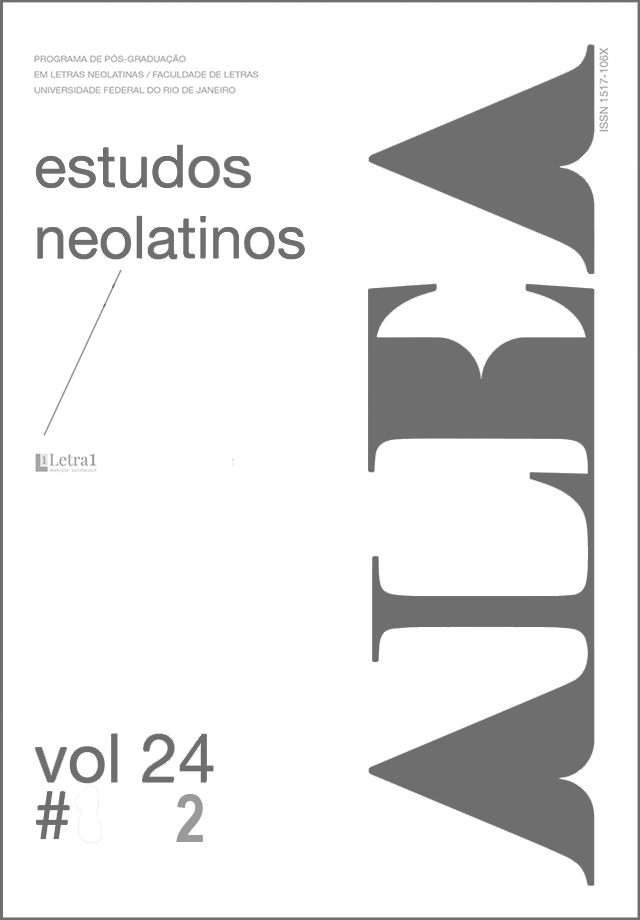La salvaje belleza de la vida. Cuerpo y escucha en Tres tristes tigres
Abstract
El presente artículo propone una interpretación de La Estrella en Tres tristes tigres como una figura al margen del canon de la literatura cubana. Si para Lorenzo García Vega, el canon consistía en la polaridad madre-miliciana, en el personaje de Cabrera Infante hay una protagonista nocturna que desacata a la vez la domesticidad maternal origenista y el belicismo revolucionario. La Estrella es caracterizada por el narrador Códac a través de su voz oceánica y su cuerpo monstruoso; su presencia opera una iniciación a una escucha abismal en el narrador. En juego con el concepto de reconocimiento propuesto por Paul Ricoeur, de la teoría de lo grotesco de Wolfgang Kayser y de la tipología de la escucha de Roland Barthes, “Ella cantaba boleros” se interpreta como una transformación paródica de la épica. La sobrevivencia ocurre a través de la memoria novelesca, matriz de la narración. La Estrella es una sinécdoque de La Habana que desaparece.
Downloads
Published
Issue
Section
License
THE AUTHOR/S confirm/s his, her or their participation in all stages of work preparation: 1) Conception, project, bibliographical research, analysis and interpretation of data; 2) Writing and reviewing the manuscript; 3) Approval of the final version of the manuscript for publication; 4) Responsibility for all aspects of the work and guarantee for the accuracy and integrity of any part of the work. The submission of works implies the immediate cession, without onus, by all authors, of publication rights to the journal Alea, licensed under CC BY (https://creativecommons.org/licenses/by/4.0/). The authors are fully responsible for the content of the article and continue to hold all copyrights for subsequent publications of it, and should, if possible, include the reference to the first publication in the journal. Alea does not commit to returning received contributions. Authors of articles, reviews or translations will receive a copy of the journal.

